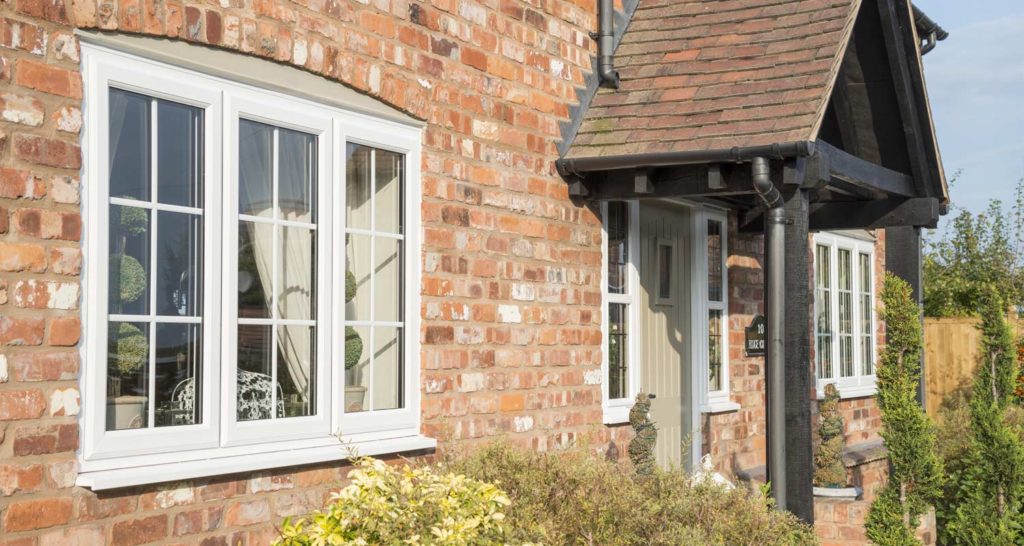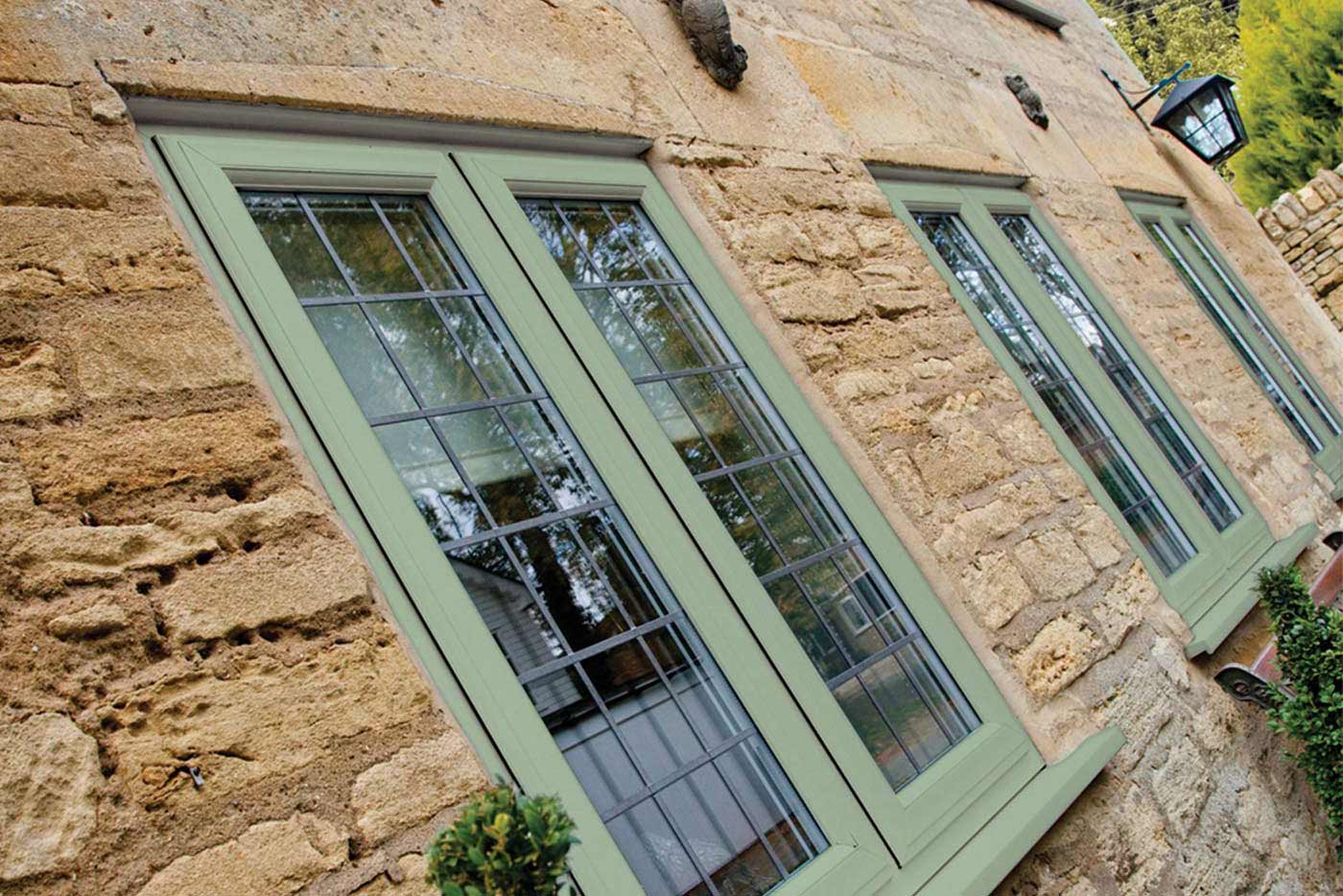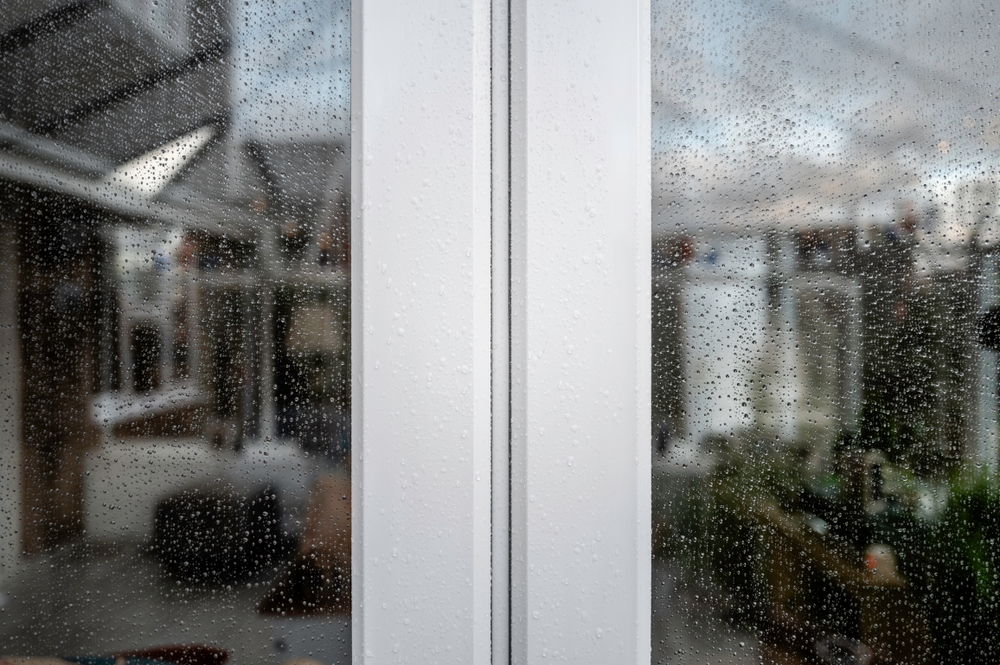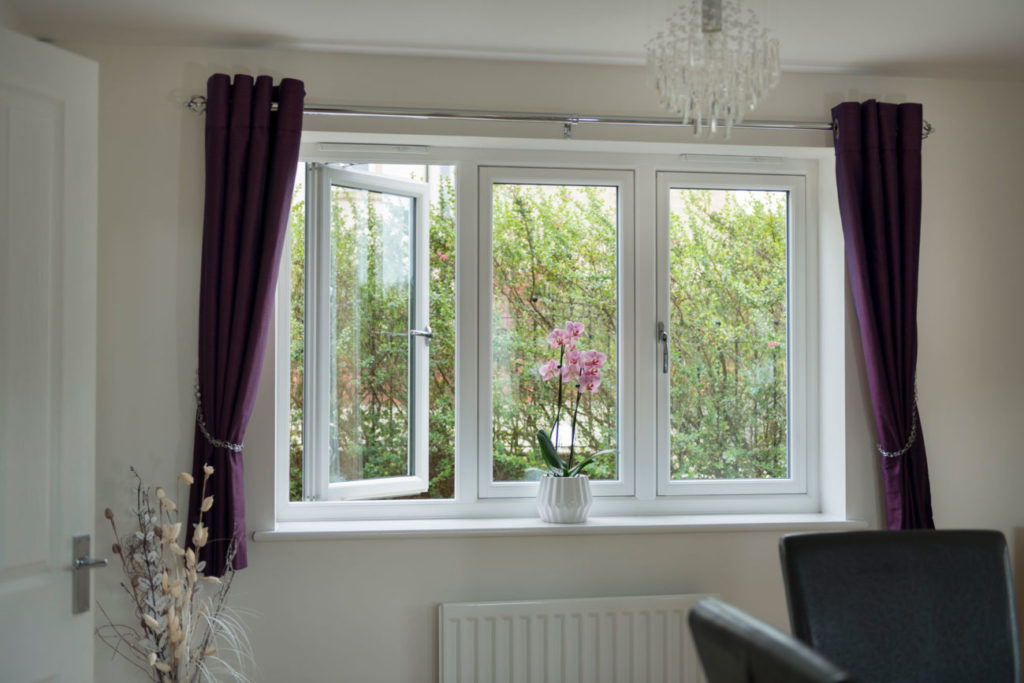Did you know that 98% of British homes are losing energy through underperforming windows? This is what the Glass & Glazing Federation found, with UK homes being branded the leakiest when it comes to heat loss.
Window Energy Ratings (WERs) are the simple, trustworthy standard for measuring a window’s thermal performance and are a crucial part of the solution to our leaky homes.
But what exactly are WERs and what should you be looking for when upgrading your windows?
This is what this article will discuss; how the rating system works, what the letters and numbers mean and how to choose a window that guarantees maximum savings.
What is a Window Energy Rating (WER)?
Window Energy Ratings are a visual rating system that runs from A++ to E. A++ is most efficient and E is least efficient.
The British Fenestration Rating Council is the independent government supported body that runs this energy rating scheme and its label looks similar to other rating schemes.
WER rates the whole unit of the window, taking into account more than just the glass itself. Therefore, windows with an energy rating of 0 or higher are considered to be energy positive, a key indicator when looking for new windows.

Deciphering the Jargon: U-Value, G-Value & L-Factor
U-Value
A U-Value means thermal transmittance and measures heat loss. It measures the rate at which heat escapes from the inside of your home through your window. Having a lower U-Value means better insulation (similar to a WER).
G-Value
G-Value means solar factor and measures heat gain. It measures how much free heat from the sun passes into your home through the glass of your window. The orientation of your window depends on how high or low the G-Value is. It will be higher for north facing windows as they catch free heat but lower is better for south facing windows as they may overheat in the summer.
L-Factor
L-Factor stands for air leakage and measures draughts and airtightness. It measures the amount of air that leaks through the seals and frame of your window. A lower L-Factor is better as it means better sealing and fewer cold draughts.
But how do these ratings link to WERs? These three factors are all combined into the WERs to create a single net energy balance figure. Therefore, the British Fenestration Rating Council combines these three factors into their overall rating system.
Compliance & Savings: What Rating Do You Need?
In the UK, the legal requirement for replacement windows is a minimum WER of Band C, or an equivalent U-Value.
Whilst Band C is the minimum, you should aim for A rated or A++ for maximum cost savings and comfort.
For a long term financial benefit, a higher rated window may cost more initially, but this will offer significant savings through reduced heating bills over its lifespan.
How Fitter Windows Achieves Top Energy Ratings
At Fitter Windows, we only fit A+ rated uPVC windows and our aluminium doors achieve extremely low U-Values.
Modern uPVC and thermally broken aluminium frames contribute to insulation through their multiple chambers and quality materials. Our double and triple glazing also utilise low emissivity coatings and argon gas fillings to reduce their U-Values.
We take pride in our ratings being only as good as our installations. Therefore, we always ensure a proper fit and sealing to keep the L-Factor at zero and maintain your window’s certified performance.

Your Next Step to an Energy Efficient Home
When looking for a perfectly rated window, always look for a minimum of a Band C to A++ WER rating, which is also equivalent to a maximum of 0.
You should also always consider how low the U-Value rating is, how it can lower your energy bills, improve your home comfort and peace of mind.
Stop throwing money out of your window. Choose Fitter Windows for your next set of highly energy efficient windows.
Contact us today for more information or get your free, bespoke quote and see how much you could save with a high efficiency WER window.
Alternatively, visit our energy calculator and see how much energy you can save with us!
Categories: Help & Advice, Updates, Windows
Tags: complete guide, WERs, window energy ratings



